In recent months, the hype surrounding the metaverse and NFTs (Non-Fungible Tokens) has swept across the entire cryptocurrency market. This is not just a series of technological breakthroughs; it’s a reshaping of concepts. Many people are asking, “What exactly is the metaverse?” In fact, the metaverse can be viewed as a digital shared space where users can interact, trade, and create, almost as if they were in a completely new virtual reality. NFTs, as critical components of this ecosystem, are gradually becoming representations of users' digital assets. Amidst this trend, various types of metaverse NFT exchanges have sprung up like mushrooms after rain. So, what characteristics will these exchanges have in the future? How will they influence our digital lives? Today, let's explore the future development prospects of metaverse NFT exchanges together.
The Combination of the Metaverse and NFTs
The charm of the metaverse lies in its ability to blur the boundaries between the digital and real worlds, while NFTs provide essential tools for this process. With their non-fungibility and uniqueness, NFTs give digital assets an identity, enabling everything from art, music, gaming items, to virtual land to be traded through NFTs in the metaverse.
In this context, users participating in the metaverse need not only a place to trade but also an efficient and secure platform to protect their digital assets. In this regard, the emergence of metaverse NFT exchanges undoubtedly fills this gap.

A Look Ahead at the Types of Metaverse NFT Exchanges
As technology and the market continue to evolve, we can foresee that future metaverse NFT exchanges will form several main types. Below, we will delve into these types of exchanges and their respective characteristics.
(1) Centralized Exchanges (CEX)
Centralized exchanges (CEX) typically excel in transaction speed and user experience. They act as intermediaries, providing simpler trading methods and higher liquidity. For example, platforms like OpenSea and Rarible occupy crucial positions in the existing ecosystem. Users can trade by simply registering an account and linking their wallets.
However, centralized exchanges also face challenges, such as the necessity of user trust in the platform, as private keys and assets are managed by the platform, and potential security issues may arise. Nonetheless, this type of exchange remains the first choice for many when entering the metaverse NFT world.
(2) Decentralized Exchanges (DEX)
Decentralized exchanges (DEX) have risen as a trend in recent years, allowing users to conduct asset exchanges directly without intermediaries through smart contracts. This approach increases transparency and security because users maintain control over their assets at all times.
In the metaverse, DEX provides more flexibility for NFT trading. Users can trade directly on the blockchain without needing to transfer assets to centralized platforms, thereby reducing potential security risks. As a future trend, the user experience and liquidity of DEX need to be continuously improved, but their offered autonomy and security will undoubtedly attract more users who pursue decentralization.
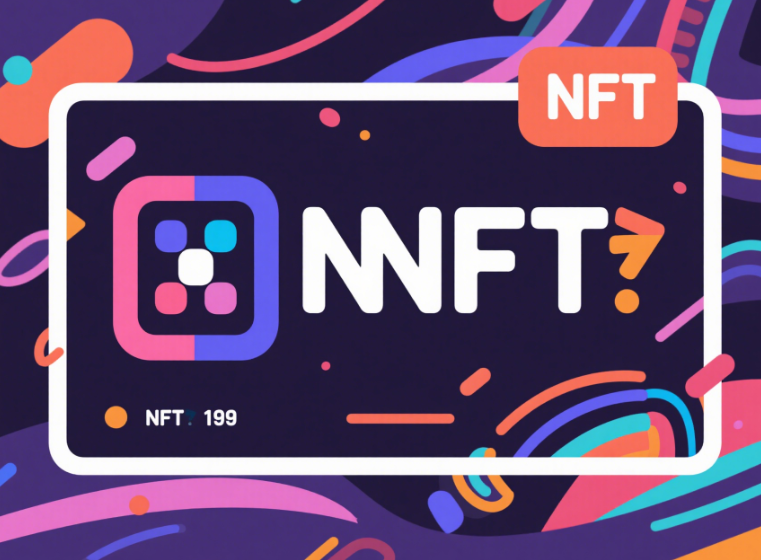
(3) Cross-Chain Exchanges
As blockchain technology advances, various blockchain networks have emerged, leading to the dispersion of users' NFT assets across different chains. Cross-chain exchanges have emerged to break down the barriers between different chains, allowing users to conveniently trade NFTs across various ecosystems.
These exchanges not only support asset exchanges across different chains but also provide cross-chain liquidity management, greatly enriching user choices. This seamless trading experience will contribute to the further development of the metaverse.
(4) Social Exchanges
The emergence of social exchanges represents further innovation in user experience. They focus on social interaction, combining trading and community-building functionalities. For instance, users can follow other artists and collectors, participate in community voting, and plan events. These exchanges are not just trading platforms; they also serve as crucial places for building social connections.
In the future, social exchanges may incorporate more gamification elements, allowing users to enjoy interaction during trading. This model not only enhances user engagement but also provides NFT artists with a broader platform for showcasing and disseminating their work.
(5) Liquidity Pools and NFT Markets
The concept of liquidity pools offers new possibilities for NFT exchanges. Users can provide their NFT assets in liquidity pools to earn a share of transaction fees. This model incentivizes users to not only trade but also to earn rewards through holding assets.
This NFT market model creates a new method for users to generate value and will also promote more NFT creation and trading activities. In the future, liquidity pools may become the mainstream operating model for NFT exchanges.
Future Outlook
Looking ahead, metaverse NFT exchanges will exhibit characteristics such as diversification, decentralization, and community orientation. With continuous technological innovation, we can also expect further advancements in smart contracts, continuous improvements in trading experiences, and enhanced security.
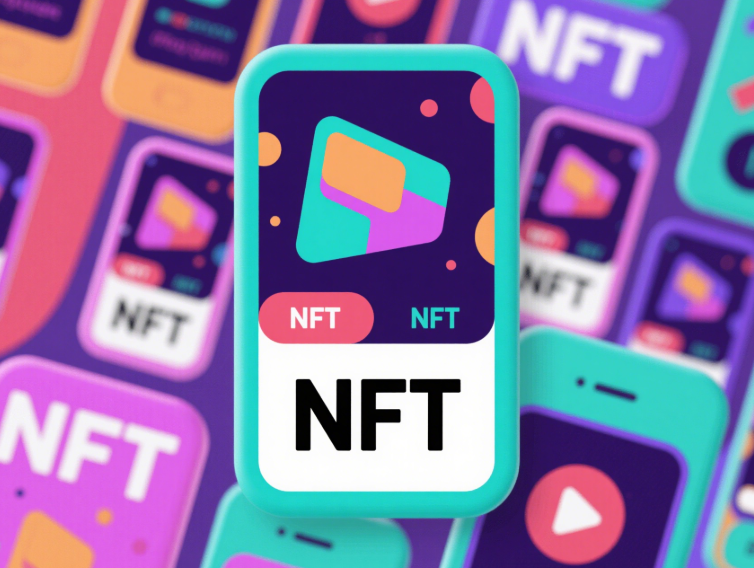
During this process, the relationship between users and platforms will become increasingly close, with user feedback directly influencing the development of exchanges. Additionally, we cannot overlook the gradual improvement of regulations—government and industry regulatory bodies’ participation will provide a more solid foundation for the sustainable development of NFT exchanges.
The future of the metaverse is a world full of infinite possibilities, and metaverse NFT exchanges are vital bridges connecting to this world. Regardless of whether the model is centralized or decentralized, future exchanges will increasingly focus on user experience and asset security, promoting the healthy development of the entire ecosystem. For investors and enthusiasts, understanding this trend can reveal future market changes and present new opportunities in the tide of digital assets.











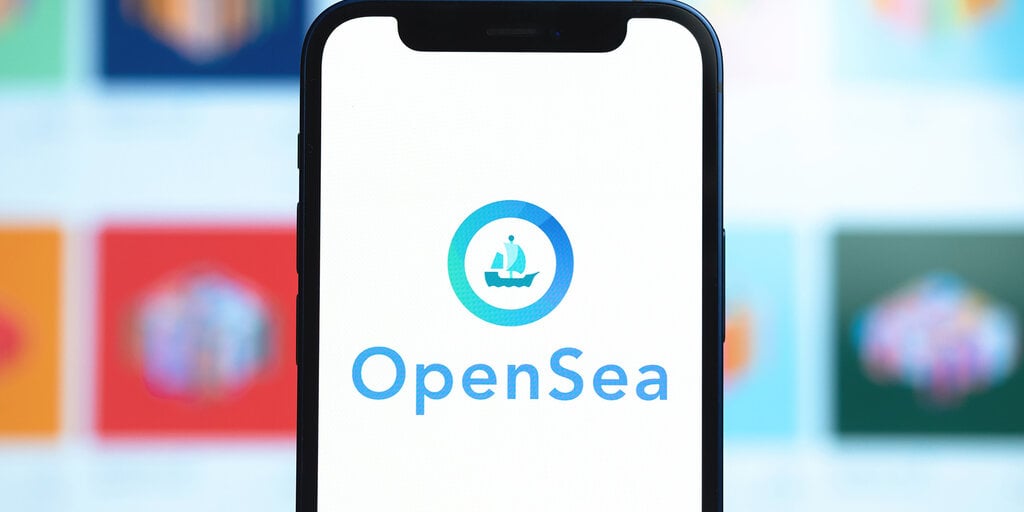
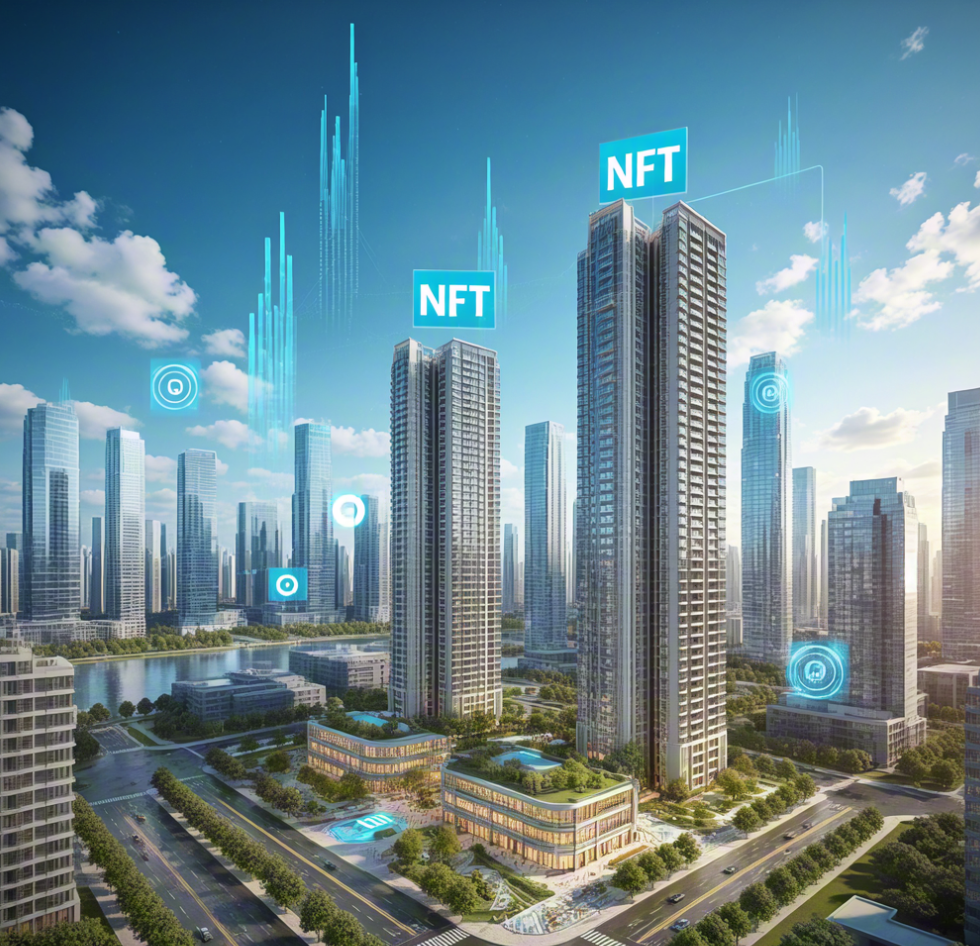

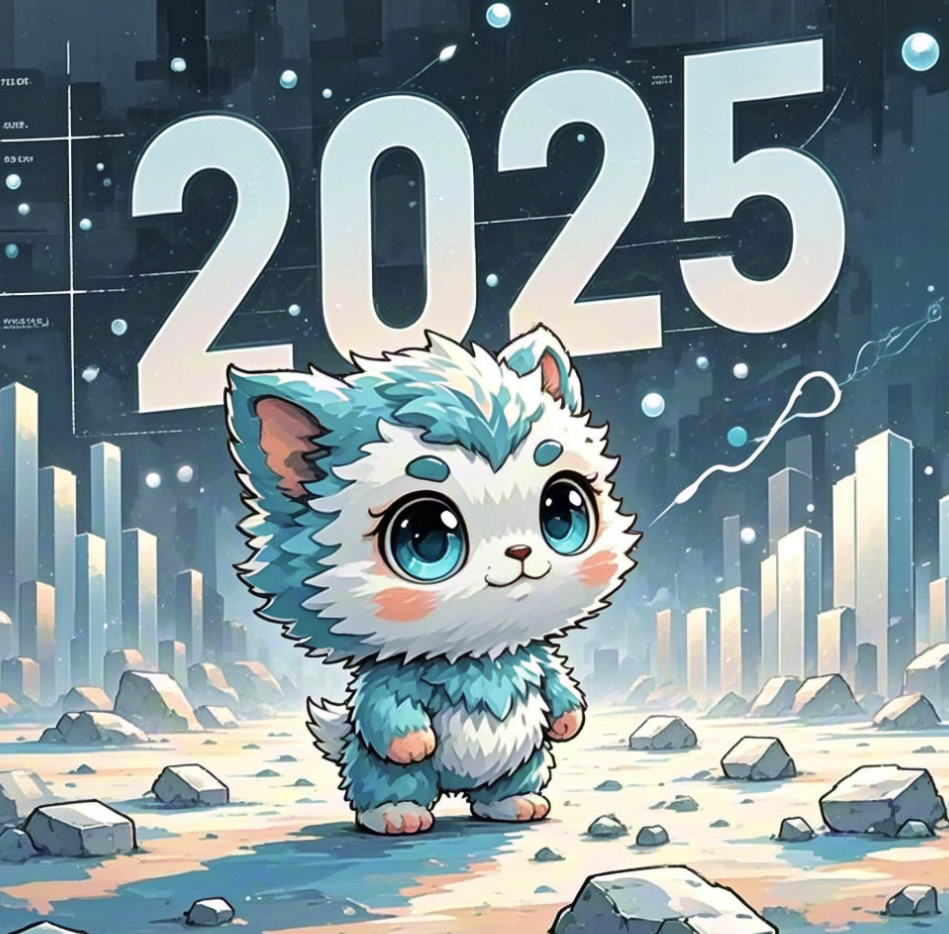
No comments yet